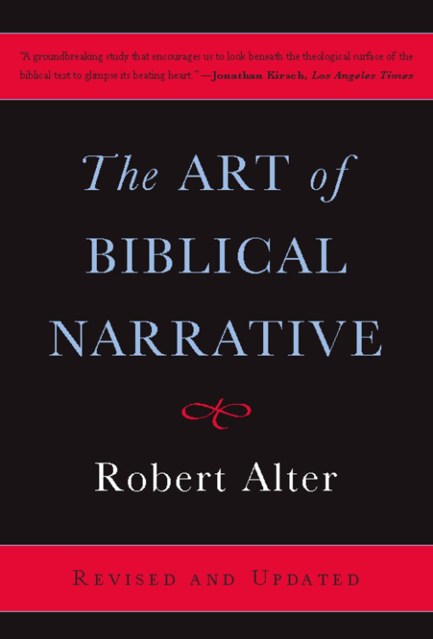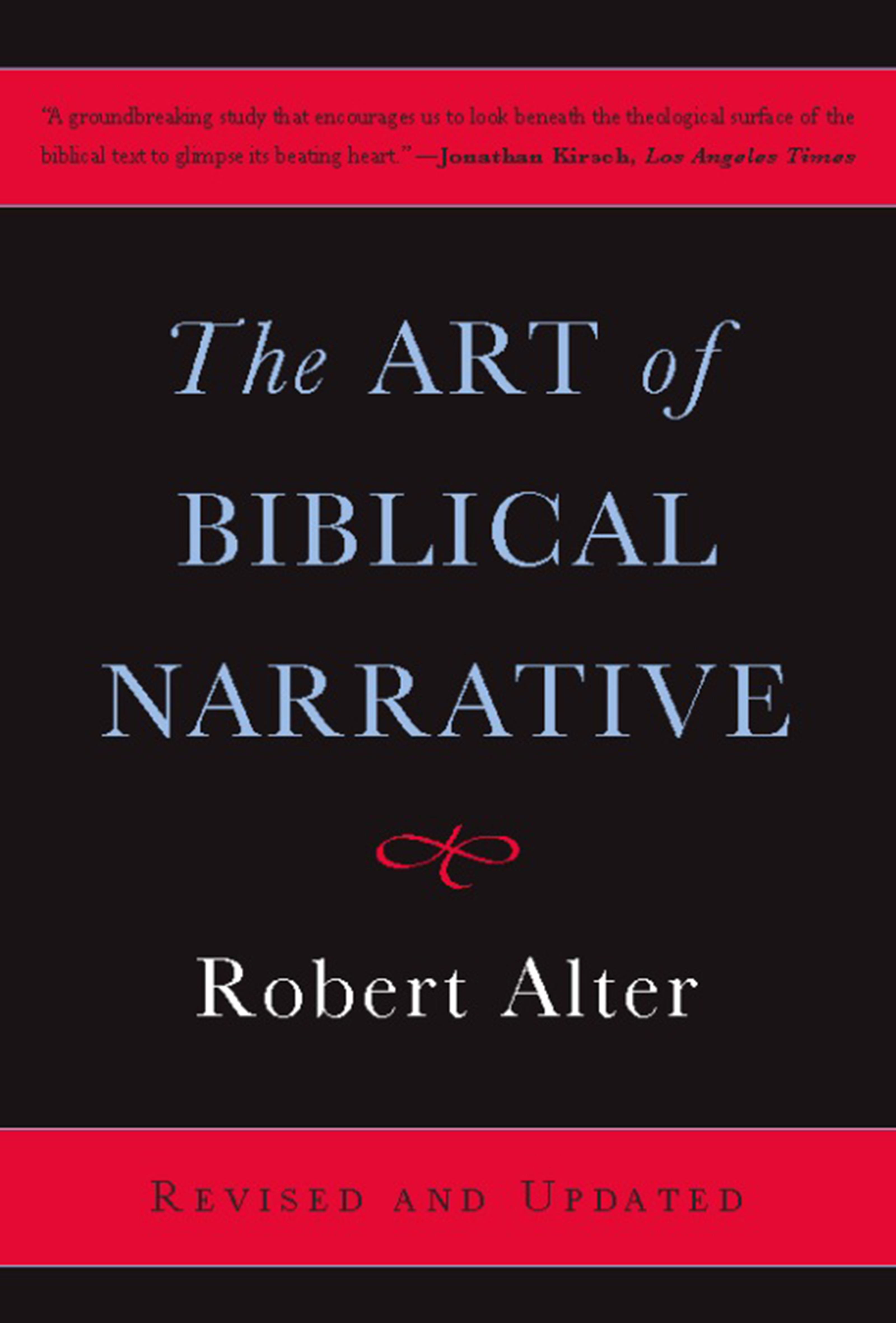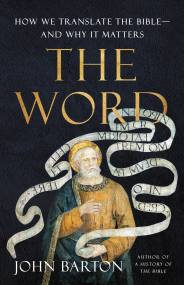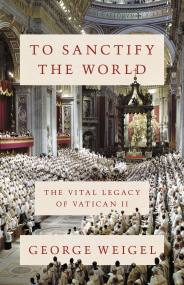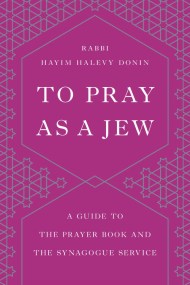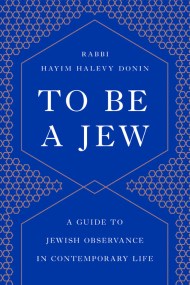Promotion
Use code MOM24 for 20% off site wide + free shipping over $45
The Art of Biblical Narrative
Contributors
By Robert Alter
Formats and Prices
Price
$12.99Price
$16.99 CADFormat
Format:
- ebook $12.99 $16.99 CAD
- Trade Paperback $17.99 $22.99 CAD
This item is a preorder. Your payment method will be charged immediately, and the product is expected to ship on or around April 26, 2011. This date is subject to change due to shipping delays beyond our control.
Also available from:
Renowned critic and translator Robert Alter's The Art of Biblical Narrative has radically expanded our view of the Bible by recasting it as a work of literary art deserving studied criticism. In this seminal work, Alter describes how the Hebrew Bible's many authors used innovative literary styles and devices such as parallelism, contrastive dialogue, and narrative tempo to tell one of the most revolutionary stories of all time: the revelation of a single God. In so doing, Alter shows, these writers reshaped not only history, but also the art of storytelling itself.
Genre:
- On Sale
- Apr 26, 2011
- Page Count
- 272 pages
- Publisher
- Basic Books
- ISBN-13
- 9780465025558
Newsletter Signup
By clicking ‘Sign Up,’ I acknowledge that I have read and agree to Hachette Book Group’s Privacy Policy and Terms of Use
